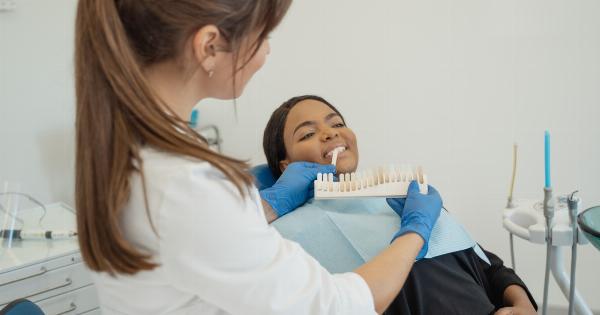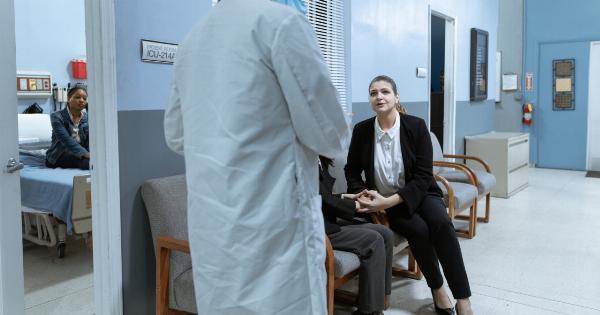COPD (Chronic Obstructive Pulmonary Disease) is a term used to describe a group of lung conditions that make it difficult to breathe. COPD is a progressive disease that worsens over time and currently has no cure.
Pulmonary diseases refer to any condition that affects the lungs and breathing, including asthma, bronchitis, and emphysema. Understanding these conditions is crucial for proper diagnosis, treatment, and management of symptoms.
Causes and Risk Factors of COPD and Pulmonary Diseases
Smoking is the leading cause of COPD and other pulmonary diseases, with up to 85% of cases being related to tobacco usage.
However, exposure to air pollutants, such as diesel exhaust, and working in environments with high levels of dust, chemicals or gases can also put individuals at risk.
Other factors that increase the risk of developing COPD and pulmonary diseases include:.
- Age
- Family history of lung disease
- Frequent lung infections
- Low birth weight
- Exposure to secondhand smoke
Symptoms of COPD and Pulmonary Diseases
The symptoms of COPD and pulmonary diseases can develop gradually over time, and some people may not be aware they have the disease until it has progressed significantly. Common symptoms include:.
- Shortness of breath
- Chest tightness
- Wheezing or whistling sound when breathing
- Coughing with or without mucus
- Frequent respiratory infections
Diagnosis and Treatment of COPD and Pulmonary Diseases
Early detection of COPD and pulmonary diseases is essential for effective treatment and management of symptoms. Diagnosis often includes a combination of medical history, physical exam, lung function tests, and imaging tests like an X-ray or CT scan.
Treatment plans vary depending on the type and severity of the condition, but options may include medication, lifestyle changes like quitting smoking and increasing physical activity, oxygen therapy, and surgery in severe cases.
Pulmonary rehabilitation is a program that provides education, exercise, and breathing techniques to help manage symptoms and improve quality of life.
Preventing COPD and Pulmonary Diseases
There are several steps individuals can take to reduce their risk of developing COPD and other pulmonary diseases:.
- Avoid smoking and exposure to secondhand smoke
- Reduce exposure to air pollutants like car exhaust and industrial chemicals
- Use protective equipment in workplaces with high airborne irritants
- Get vaccinated against the flu and pneumonia
- Maintain a healthy weight and exercise regularly
Living with COPD and Pulmonary Diseases
COPD and pulmonary diseases can significantly impact an individual’s quality of life, but proper management can help improve symptoms and delay the progression of the disease.
Some strategies for living with COPD and pulmonary diseases include:.






























